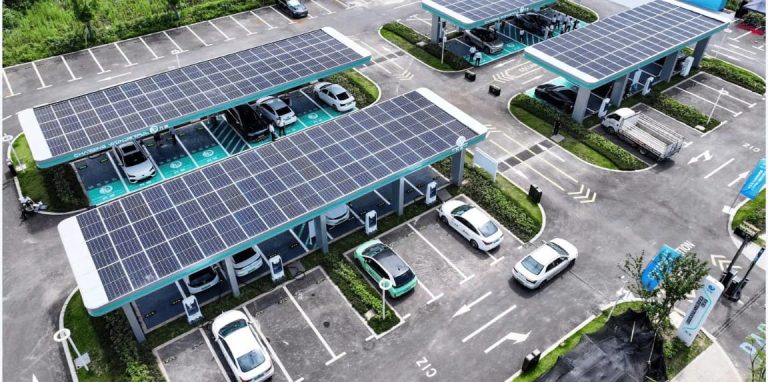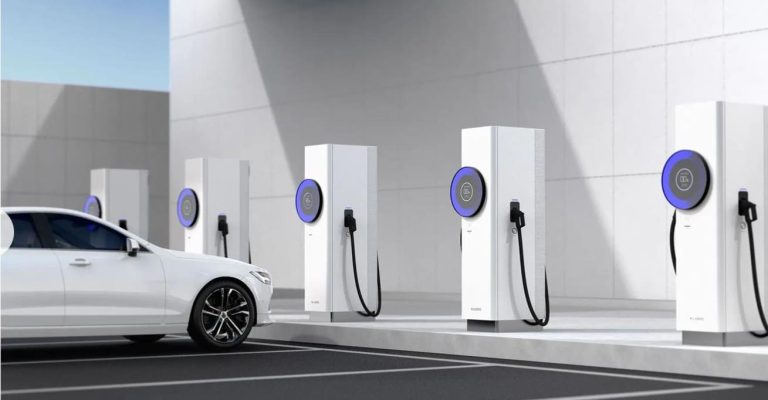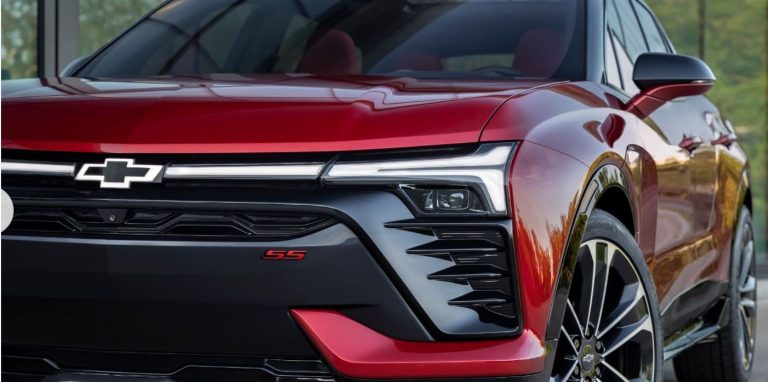Are ev charging stations free?
Are EV Charging Stations Free? It Depends.
The straightforward answer is no, most electric vehicle (EV) charging stations are not free, but free charging opportunities do exist under specific circumstances. Understanding when and where you might find free charging, versus the typical paid models, is crucial for EV owners and those considering making the switch. The landscape is diverse, influenced by business strategies, government policies, location, and the type of charging needed.

Free charging, while not the norm, does occur and is often driven by specific incentives or partnerships. One common scenario is the hotel partnership model. Many hotels work with charging network providers in an effort to draw eco-aware tourists or just to provide a useful amenity. As an incentive for overnight visitors, they may provide free Level 1 or Level 2 (slow to medium speed) charging. The cost may be covered by the hotel or split with the charging provider as part of the partnership agreement, making it an alluring value-add that promotes longer stays or draws in particular customers. It turns charging into a hospitality perk rather than a necessity.
Government policy and subsidies also play a significant role in enabling cheaper or sometimes free charging.Significant financial support is frequently offered by local, state, or federal governments that are eager to encourage EV adoption in order to achieve environmental goals. Direct grants or rebates to companies or municipalities that install charging stations, sizable tax breaks for operators, or even laws or incentives for providing free or inexpensive charging—particularly in the early phases of infrastructure rollout—can all be examples of this. In order to enable the operator to provide free charging for a limited time or at a very low cost, the city government may, for example, subsidize the installation and initial operation of public chargers in strategic downtown locations or public parking garages.The recent example of Ningbo opening 28 free public charging stations exemplifies this type of initiative, directly funded or heavily subsidized by local authorities to remove a barrier to EV use and encourage cleaner urban transportation. The government absorbs the cost upfront to achieve broader public policy objectives like reduced emissions and improved air quality.
Automaker branding and partnerships represent another avenue for free charging, though often with limitations. Free charging is occasionally provided by automakers, especially luxury or specialized EV brands, as a loyalty or purchase incentive. Most frequently, this is connected to their in-house fast-charging networks. For instance, as a temporary promotion or with some early models, Tesla famously provided free Supercharging for life (later modified). In a similar vein, companies introducing new models may offer their network a free charging period. Free charging offers can also result from collaborations between automakers and other organizations (such as shopping malls or hotel chains), usually limited to brand owners.The mention of Tesla Cybertruck Founders’ Edition access highlights this model – it’s a high-value perk bundled with a premium vehicle, exclusive to the brand’s own infrastructure. These programs are marketing tools designed to enhance brand loyalty, offset the higher initial cost of the vehicle, and showcase the convenience of the automaker’s dedicated charging ecosystem.
However, the dominant reality for most public charging sessions is that users will pay. Widespread free access is just not feasible due to the high operating costs. The cost of buying, installing, and maintaining charging equipment is high. The cost of electricity is a substantial commodity. To pay for these costs and, ideally, make a profit, network providers require sources of income. Time-based or usage-based fees are the most common charging models. The most equitable way to account for actual energy use is to pay for electricity by the kilowatt-hour (kWh). Location, electricity rates, demand (time-of-use pricing), and charging speed all have a significant impact on prices.Slow Level 2 charging might cost significantly less per kWh than ultra-fast DC charging. Alternatively, some stations, particularly older ones or those in areas with regulated utilities, charge based on the time connected to the charger, regardless of how much energy is actually delivered. This can be less economical for the user, especially on slower chargers. Rates typically fall within a broad range, often cited between 0.39 to 1.3 USD per kWh for the electricity itself, plus potential additional fees. Crucially, operators usually add a service fee on top of the base electricity cost. This fee covers the network’s operational costs, payment processing, customer support, and profit margin. It’s why the total cost per kWh at a public fast charger (often $0.40 to $0.60 for the electricity plus $0.20 to $1.00+ service fee) frequently totals $1.60 to $1.80 or more per kWh – substantially higher than home charging rates. This layered cost structure (electricity + service fee) is fundamental to understanding public charging economics.
Looking globally, the paid model is ubiquitous, though pricing structures differ.The great majority of public infrastructure is made up of privately or commercially run charging stations, all of which demand payment. Using Tesla’s operations in India as an example, drivers pay 24 Indian rupees (about $0.28 USD) per kWh for DC fast charging and 11 Indian rupees (about $0.13 USD) per kWh for slower AC charging at their Mumbai Supercharger station. The higher operating costs involved in providing rapid DC power as opposed to slower AC charging are evidently reflected in this differential pricing. It emphasizes how the type of charging has a big influence on the cost, even within a single operator’s network.
Charging costs can also fluctuate based on specific time-based rules and promotions. Some operators implement tiered pricing based on time of day (TOU), offering lower rates during off-peak hours when electricity demand and costs are lower. More complex are idle fees and overstay charges. Recognizing that charger availability is critical, many networks impose hefty penalties if a driver leaves their vehicle plugged in after charging is complete, blocking the stall for others. For instance, a station might offer free parking while actively charging, but once charging stops, standard parking fees apply, or specific idle fees (e.g., $1 per minute) kick in after a short grace period. The example from Shenzhen highlights another layer: public chargers offering waived service fees during late-night hours (11:00 PM – 7:00 AM) as an incentive, but crucially, the base electricity cost is still charged, and idle fees apply if the car isn’t moved promptly after charging finishes. These structures are designed to maximize charger utilization and turnover, ensuring availability for all users.
Beyond dedicated charging fees, the context of parking adds another dimension. Free parking while charging is a major “value-added service” provided by many charging stations, particularly those in paid parking lots like garages, shopping centers, or downtown streets. “Free parking for two hours while using the charger” is a typical offer. This makes the total cost more bearable by essentially reducing or eliminating the parking fee for the length of the charging session. Without necessarily lowering the core charging fee, it’s a means for the operator of the parking facility or charging network to increase perceived value. The free parking period frequently expires if the car is not unplugged and moved after charging, at which point regular (and frequently costly) parking fees take effect, greatly increasing the stop’s overall cost.
Crucially, when free charging is available, significant limitations often apply. Free access is overwhelmingly associated with slow charging (Level 1 or Level 2 AC). The cost of electricity for a slow charge over several hours is manageable for a hotel or business to absorb as an amenity. However, fast charging (DC), especially high-powered DC fast charging (DCFC), consumes large amounts of expensive electricity very quickly. The operational costs, including demand charges from utilities based on peak power draw, make offering free DCFC economically unsustainable for most businesses or even government initiatives outside specific short-term promotions. Free charging is also frequently restricted to specific user groups – guests of a particular hotel, customers of a specific store, owners of a certain car brand, or residents of a specific municipality. Publicly accessible, completely unrestricted free fast charging is exceptionally rare and usually temporary or tied to specific funding pilots.
Given this complex and highly variable landscape, proactive planning is essential for EV drivers. Regional and operator differences are vast. What’s free in one city or at one hotel chain might be expensive elsewhere. Pricing, payment methods (membership, app, RFID card, credit card), and fee structures (kWh, time, session fee, idle fees) differ significantly between networks like ChargePoint, Electrify America, EVgo, Tesla (for non-Teslas), Blink, and countless local providers. Never assume a charger is free. Always check the specific station’s details using a reliable charging station finder app (like PlugShare, ChargePoint, Electrify America’s app, ABRP – A Better Routeplanner) before you arrive or plug in. These apps provide real-time information on pricing, availability, charging speed, user reviews, and any access restrictions (like “for hotel guests only”). Relying on assumptions can lead to unexpected costs or access issues. Calling ahead to a hotel or destination to confirm their charging policy (cost, availability, restrictions) is also highly recommended.
In conclusion, while the dream of universally free EV charging remains elusive, the reality is a nuanced mix of paid and free access heavily dependent on context. Paid charging, structured around electricity costs and service fees, often with time-based variations and parking incentives, is the standard for most public and fast-charging encounters. Free charging exists primarily as a strategic perk – a value-add by hotels to attract guests, a promotional tool by automakers for their customers, or a subsidized initiative by governments to stimulate EV adoption, almost always limited to slower charging speeds and specific locations or user groups. For the EV driver, navigating this landscape successfully requires understanding these models, leveraging available tools to check real-time pricing and restrictions, and planning charging stops accordingly. The key takeaway is simple: Always verify the cost before you plug in.





































































































































